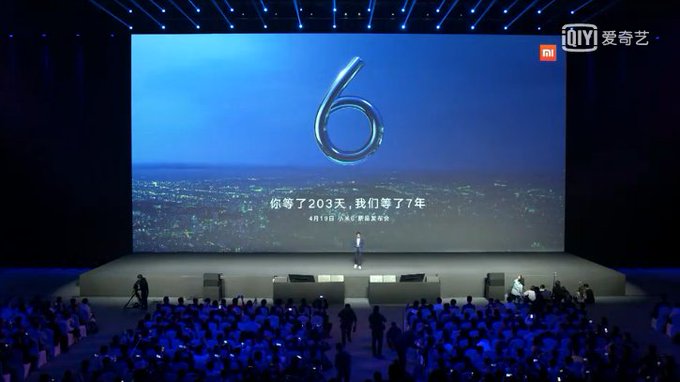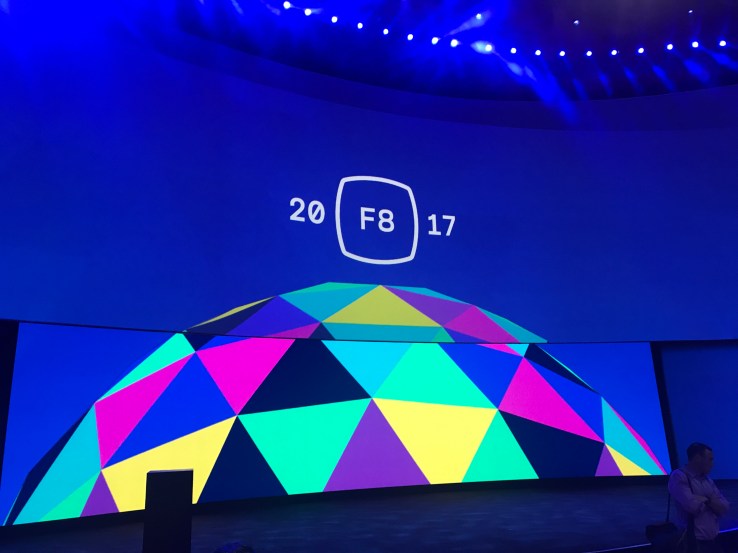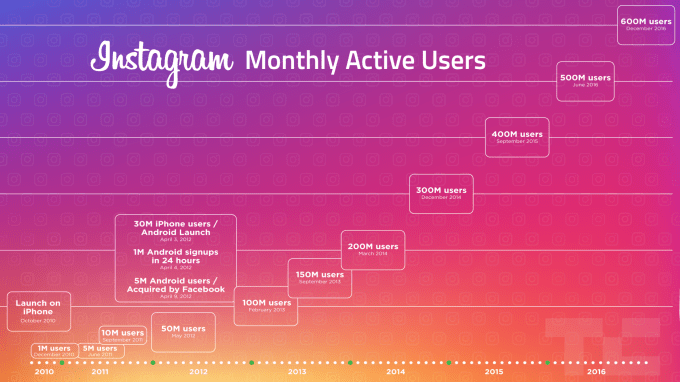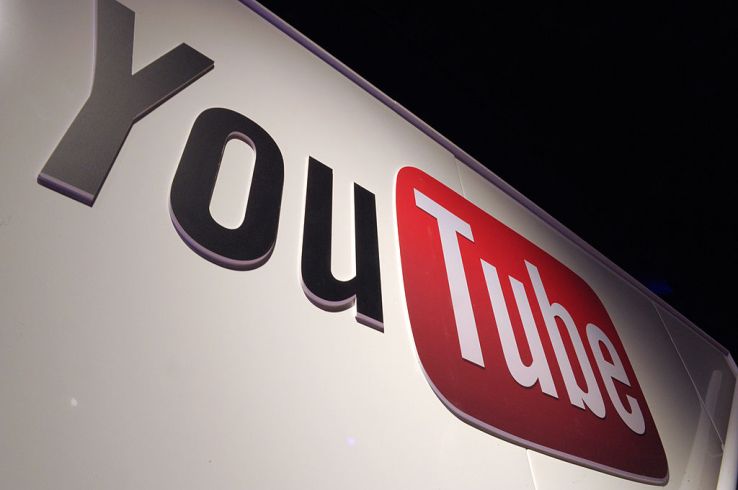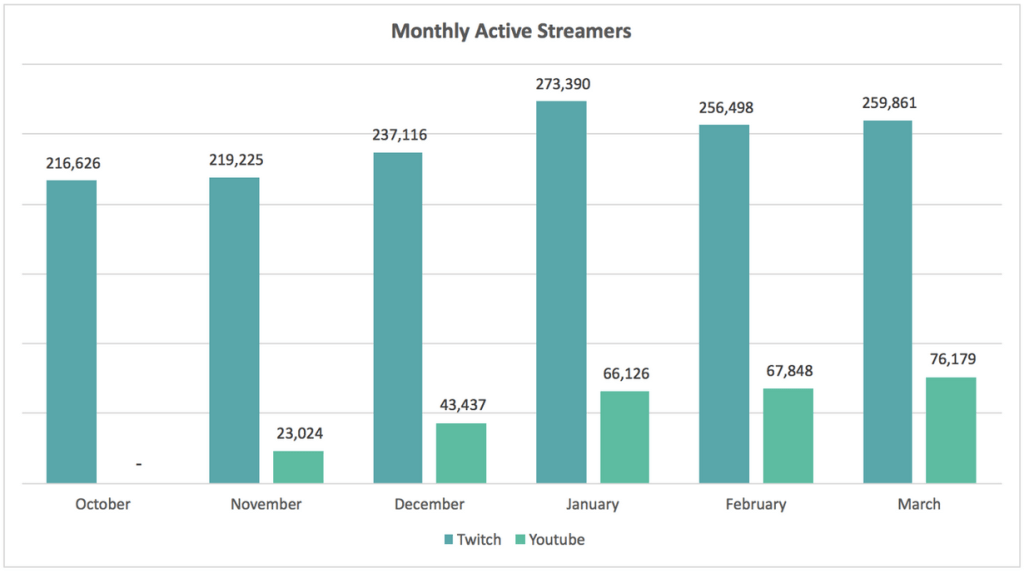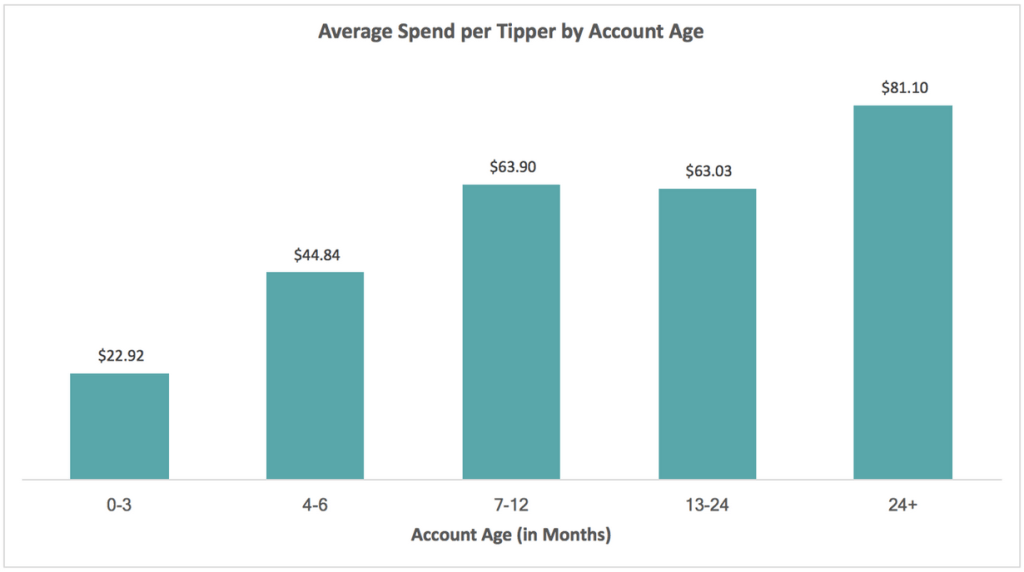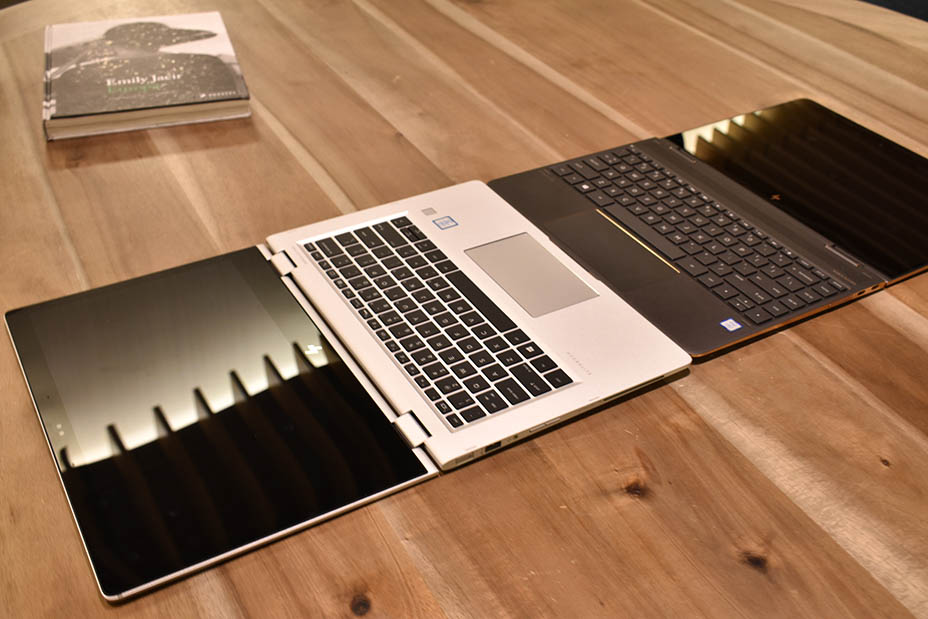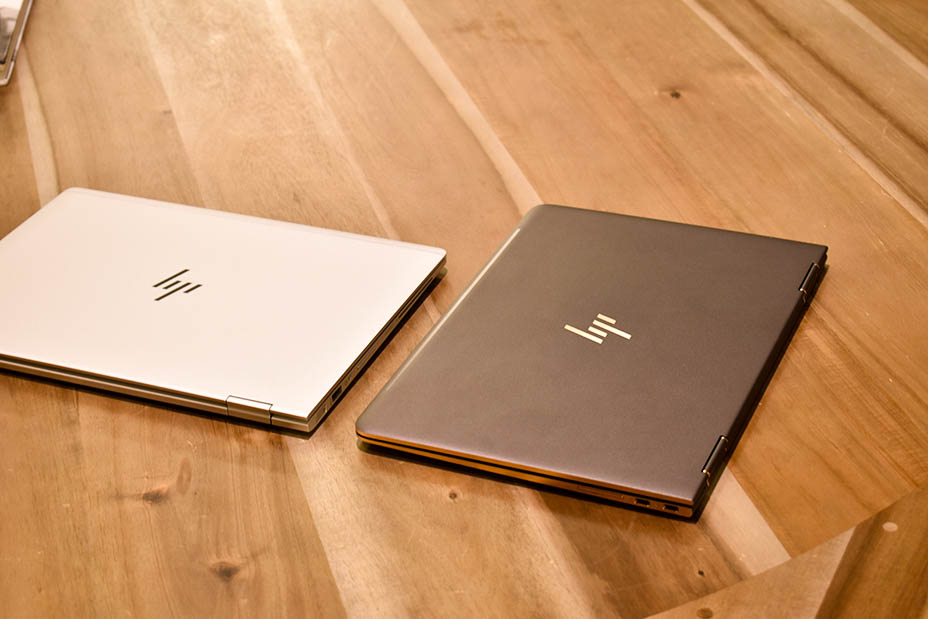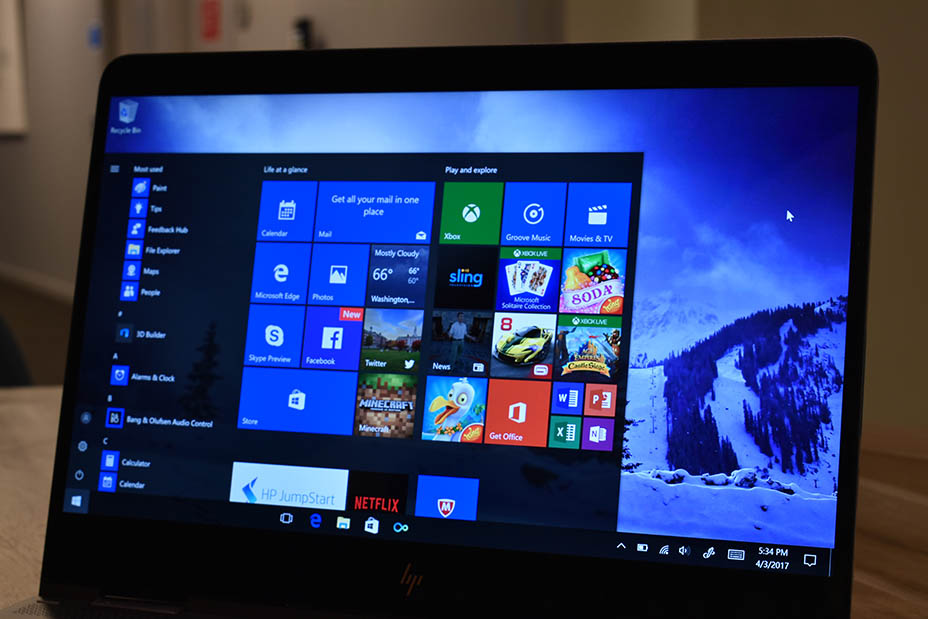
Ada, a London and Berlin-based health tech startup, sees its official U.K. push today, and in doing so joins a number of other European startups attempting to market something akin to an AI-powered ‘doctor’.
The company’s mobile offering bills itself as a “personal health companion and telemedicine app” and via a conversational interface is designed to help you work out what symptoms you have and offer you information on what might be the cause. If needed, it then offers you a follow up remote consultation with a real doctor over text.
In a call, two of Ada’s founders — CEO Daniel Nathrath and Chief Medical Officer Dr Claire Novorol — explained that the app has been six years in the making, and actually started life out as being doctor-facing, helping clinicians to make better decisions. The same database and smart backend is now being offered to consumers to access, albeit with a much more consumer-friendly front-end.
In my brief testing of the app, I plugged in the symptoms of a sore or red eye. After drilling through a quite extensive set of questions, many of which appeared to relate to the answers I’d previously given, the Ada app provided three possible conditions, and advised that they could be successfully treated at home.
That, say the company’s founders, reflects one of the main benefits of an AI-driven healthcare app like Ada, which is to empower patients to make more informed decisions about their health. Or, to out it more bluntly, to ensure we only visit a doctor when we need to and, more generally, can be proactive in our healthcare without adding the need for greater human doctor resources.
In other words, just like competitor Babylon, which has added its own AI-powered triage functionality and is backed by two of DeepMind’s founders, this is about using technology to help healthcare scale.
“Ada has been trained over several years using real world cases, and the platform is powered by a sophisticated artificial intelligence (AI) engine combined with an extensive medical knowledge base covering many thousands of conditions, symptoms and findings,” explains the company.
“In every assessment, Ada takes all of a patient’s information into consideration, including past medical history, symptoms, risk factors and more. Through machine learning and multiple closed feedback loops, Ada continues to grow more intelligent, putting Ada ahead of anyone else in the market”.
With that said, Ada isn’t claiming to replace your doctor anytime soon. Like a lot of AI being applied to various verticals, not least healthcare, the app is designed to augment the role of humans, not replace it altogether.
This happens very tangibly in two ways: helping to act as a prescreen consultation before, if needed, being handed off to a real doctor for further advice, or simply helping to create a digital paper trail before a consultation takes place. By getting some of the most obvious symptom-related questions out of the way and captured and analysed by the app, it saves significant time during any follow up consultation.
Novorol tells me that since the app went live, feedback has already shown it to successfully diagnose both common and quite rare conditions. She also talked up the notion that Ada’s AI, since it has and continues to be trained by real doctors, essentially pools a lot of shared expertise. It did start off as a tool to help doctors avoid misdiagnosis, after all.
I asked how Ada compares to Babylon, and although he slightly comically refused to say the company’s name out loud, CEO Nathrath said that unlike competitors, AI isn’t an afterthought. Where others have started with a ‘Skype your doctor’ type offering and added AI, Ada is six years AI in the making and is only now adding remote consultations.
Meanwhile, the startup is being quite secretive regards how it is funded. Aside from an EU grant, Ada Health is said to be backed by unnamed private individuals.











